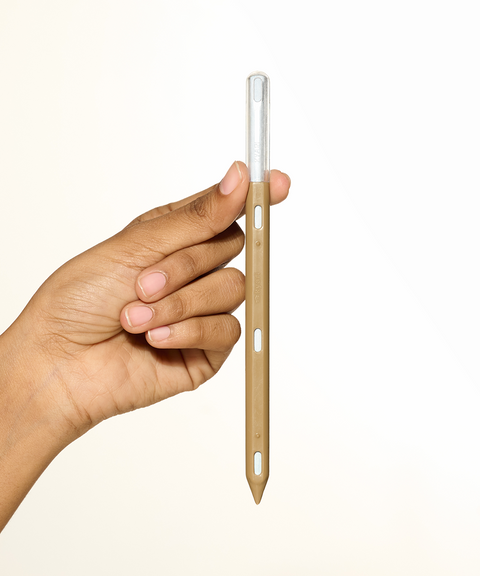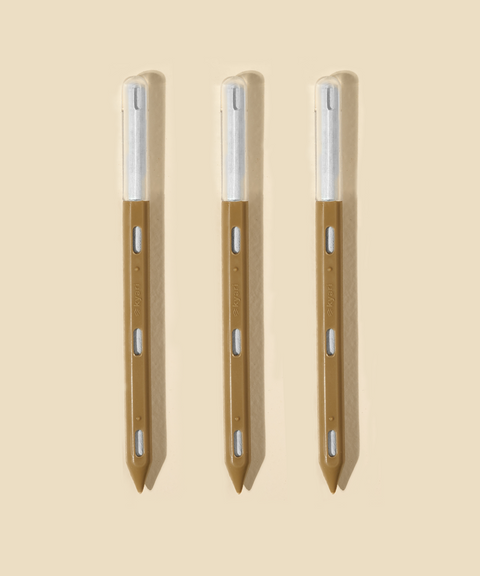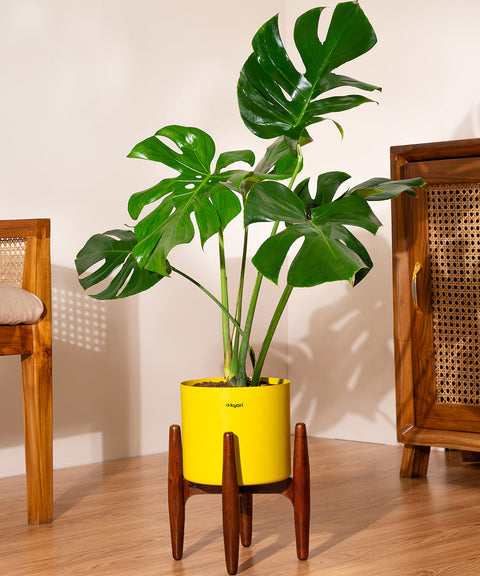About
Aglaonema
A stylish addition to any indoor space, Aglaonema is known for its vibrant foliage and easy-going nature. Perfect for beginners and experienced plant lovers alike.
Origin
Native to tropical and subtropical regions of Asia and New Guinea.
Light
Prefers low to medium light but can tolerate low light conditions.

Water
Water every 1-2 weeks, allowing the soil to dry out between waterings. Increase frequency in higher light.
Humidity
Prefers high humidity but can adapt to average household levels.
Aglaonema, also known as the Chinese evergreen, has a history as colorful as its vibrant leaves? Back in ancient China, emperors were so enamored with its lush foliage that they considered it a symbol of good fortune and harmony. They believed that having Aglaonema around brought not just luck but also kept negative vibes away—sort of like having a plant-powered bodyguard for your happiness!
Placement
Native to tropical and subtropical regions of Asia and New Guinea.
Prefers low to medium light but can tolerate low light conditions
Water every 1-2 weeks, allowing the soil to dry out between waterings. Increase frequency in higher light.
Prefers high humidity but can adapt to average household levels.
Frequently Asked Questions
The ideal temperature for Aglaonema is between 60°F to 75°F (16°C to 24°C).
Water your Aglaonema every 1-2 weeks
Aglaonema prefers low to medium light and can tolerate low light conditions.
Place your Aglaonema in a low to medium light area
Rotate the plant occasionally for even growth and keep the leaves dust-free to ensure optimal health.
Yellowing leaves indicate overwatering or insufficient light. Adjust watering schedule and move to a brighter location.
Pale leaves can indicate insufficient light. Move the plant to a brighter location with indirect sunlight.
Keep the plant clean by wiping the leaves and inspecting regularly for pests. Use insecticidal soap if necessary.
Wilting leaves can be a sign of underwatering. Increase watering frequency and ensure the soil is moist but not soggy.
Pale leaves can indicate insufficient light. Move the plant to a brighter location with indirect sunlight.








 Limited Time Deal
Limited Time Deal
 BYOB - Small Plants
BYOB - Small Plants
















































































































